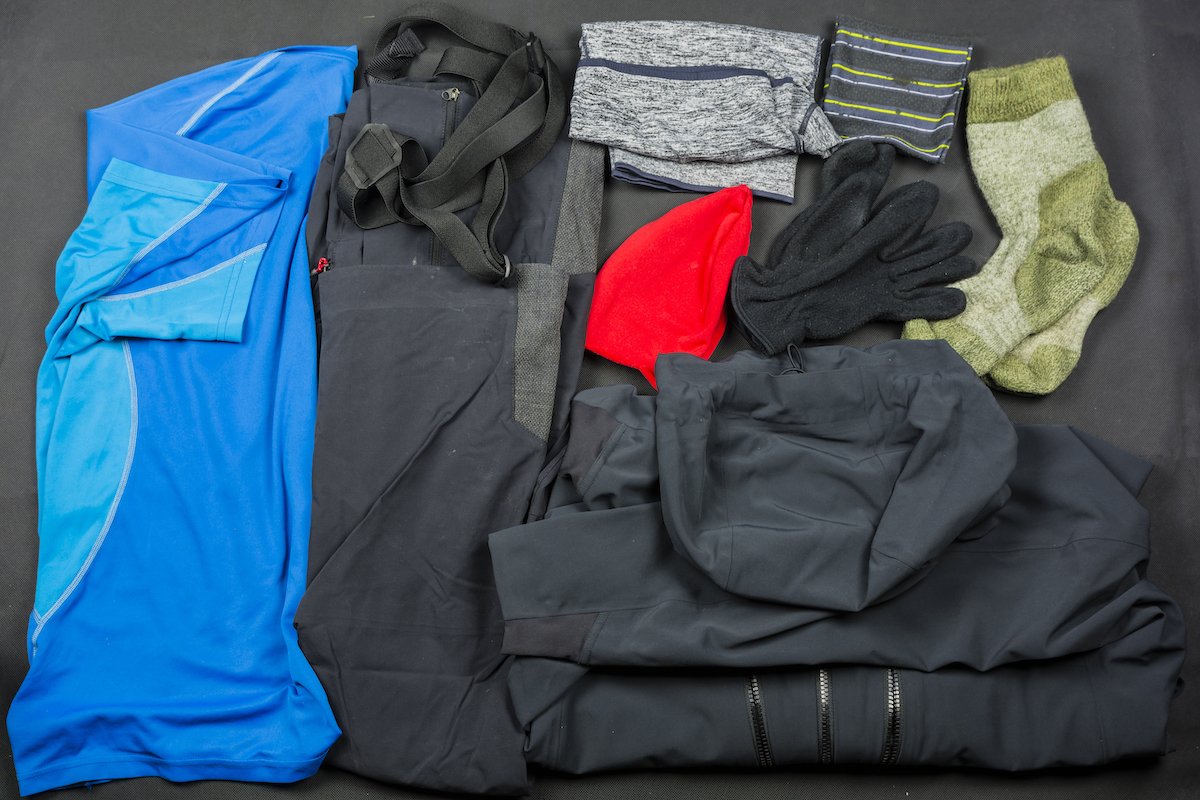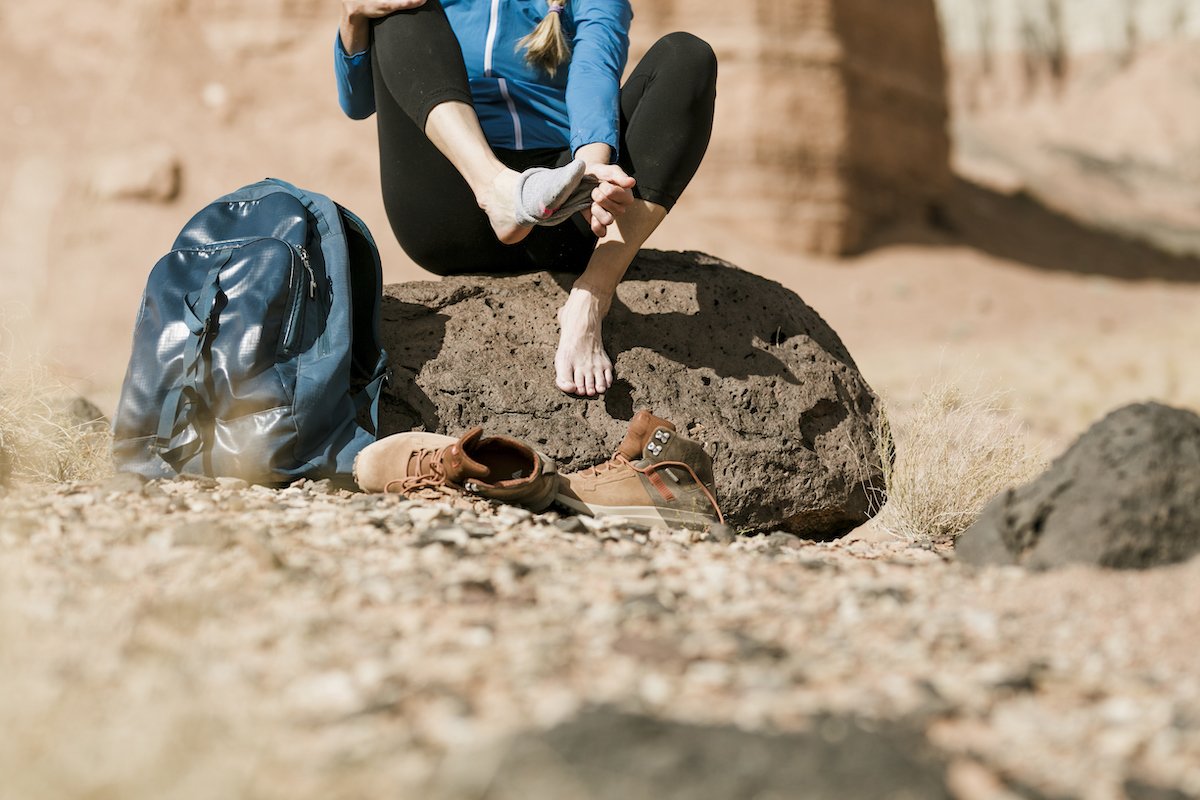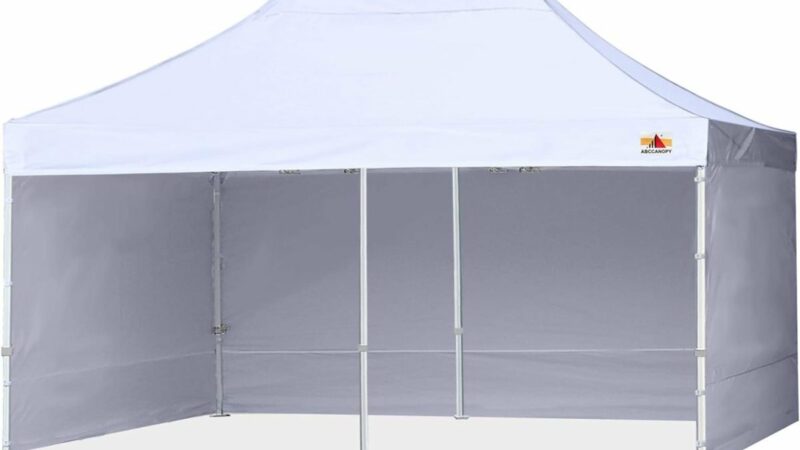A Beginner’s Guide to Layering Outdoor Clothes
Layering outdoor clothes for warmth, comfort, and safety is a skill everyone needs to know. Whether you’re hiking, camping, canoeing, or doing anything else in the outdoors, smartly layering clothing is important for much bigger reasons than making a fashion statement.
In any activity, your level of exertion varies over the course of a day or even a few hours. Sometimes you’re working hard and at other times you’re not moving at all. For those reasons, you need to dress to keep your body regulated in hot, cold, and wet conditions. Read how to become a pro at layering outdoor clothes.
The basics of layering outdoor clothes
When you dress for the outdoors, you should dress in three layers: a base layer, a warming layer, and an exterior layer for added warmth, waterproofing, and/or windproofing. Of course, you can always modify this by adding an extra warming layer like a vest or not using a layer because it’s not that cold. But, as always, use your best judgment. Layering helps in two ways. First, it may prevent perspiration in the first place. Second, the right kind of layers can help disperse moisture that does build up and get it away from your skin.
Base Layer
The layer next to your skin should quickly pull away, but not hold moisture. It should wick it through quickly to the next layer out. Exposed to air, this next-to-your-body layer should dry quickly. This means it’s thin and made of a high-tech, synthetic material that includes polyester.

Fabrics for base layers are specially woven so moisture is forced into and through the gaps in the weave so it rapidly reaches the next layer. By comparison, polyester only holds 0.4% of moisture while cotton holds 7%.
Warming Layer
The next layer should be a soft, light to medium-weight blanket of insulation. Synthetic fleece is good, or Merino wool is great. If you choose fleece, look for garments with good loft that are still good at wicking moisture. Merino wool (and some more coarse kinds of wool) will accomplish the same level of warmth without as much loft. Though wool is not a great wicker, it will do a good job of keeping you warm even if it is damp.
Exterior Layer
For the next layer out, consider an insulated vest. Goose or Eider Down is fantastic because of its supreme lightweight, maximum insulation, and packability. However, synthetics run a very close race as they perform better than down when wet. Wet down is nearly useless and is a bugger to dry out.
Waterproofing Layer
An essential layering option to have any time you’re outdoors is a waterproof or windproof outer layer in case of rain, sleet, snow, wind, or any nasty combination thereof. It must be of materials and construction you can count on because when you need it, you’ll really need it! It will not only keep you comfortable, but might possibly be called on to keep you safe, or even alive.
Again, this layer should let vapor out, but prevent water from coming in. To make it convenient to carry this critical layer with you on every outing, it should be light and packable. It should take up nearly no room in your pack. Except in the most extreme conditions, it’s not really necessary to worry about insulation in this outer layer because that’s what your carefully chosen underlayers are meant to do.
What to wear and what to pack
Put the vest and your waterproof layers in your day pack, then it will be there when you need it — and you’ll forget about it when you don’t, which is a nice way to go. Multiple light- to medium-weight layers of clothing allow you to quickly adapt what you’re wearing in the field to the conditions you’re facing minute by minute.
“In the field” is so important because you can’t add or subtract layers you don’t have with you. So “layering” doesn’t only cover what you’re wearing when you set out into the woods. Of at least equal importance are the layers you carry with you to put on in the woods — if and when you need them.

What to do if everything gets wet
Should the worst happen, and you become soaked by falling in a river, staying active in non-stop precipitation, or falling through the ice, then your carefully selected layers will play another vital role. If you’re soaked through, away from a warm shelter you can reach quickly, the most important thing is to get a fire blazing.
The next is to strip down to that base layer and stay as close to the fire as you can without burning yourself. Get warmed up, and dry the base layer. Then start drying out your other layers over the fire. Because you’ve chosen carefully, this won’t take as long as you might think. If this happened to you while you were only wearing one layer of absorbent clothing, you’d be standing there in your birthday suit for a long, long time.
Dry socks are a must!
If you find yourself out in the woods feeling damp and chilled from perspiration or precipitation, there’s one item of clothing you can easily carry in your pack that will instantly make you feel more comfortable. Cozy, dry wool socks! Always carry a spare pair with you in a Ziplock bag or vacuum-sealed. Even if your boots are wet, slipping your feet into warm, dry socks will make you feel better about your situation.
The amazing thing about dry socks is they’ll provide the same lift and feeling of comfort if your feet are soaked on a hot hiking day from exertion. Keep them in your daypack with your lunch for a middle-of-a-wet day (hot or cold) boost.
For the latest and greatest in outdoor gear, check out the Outdoors.com Shop.







